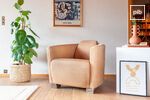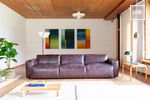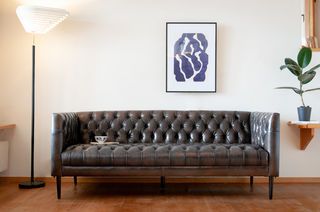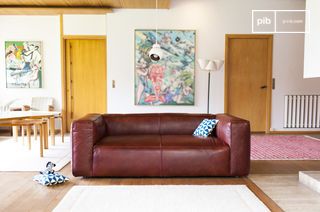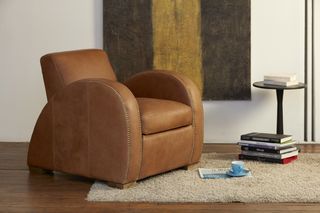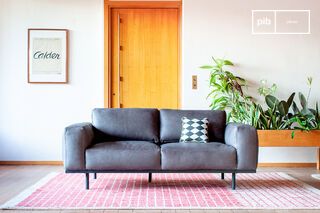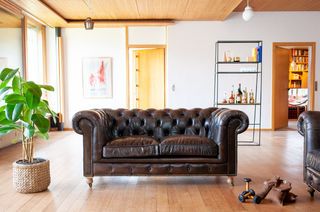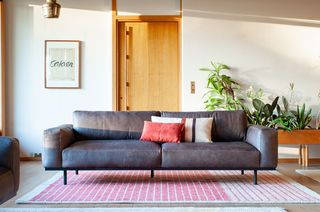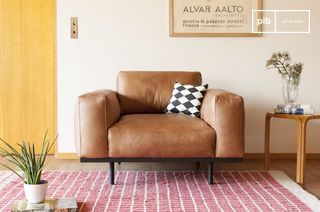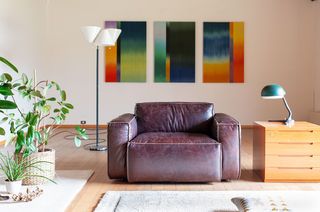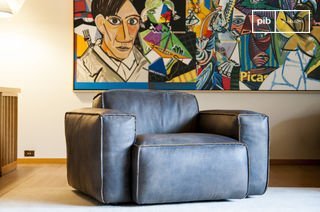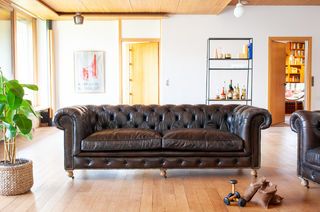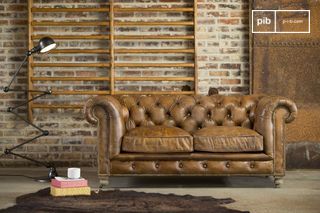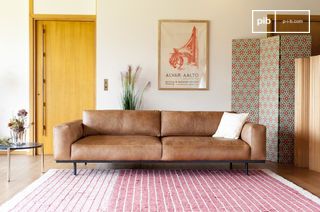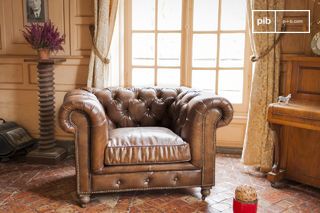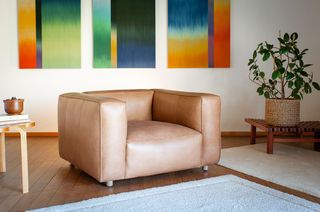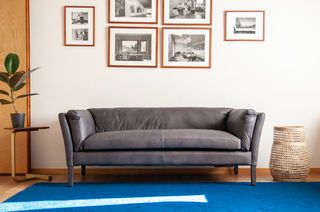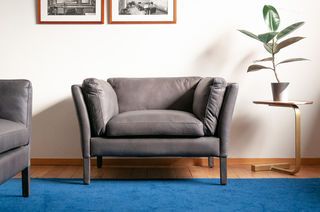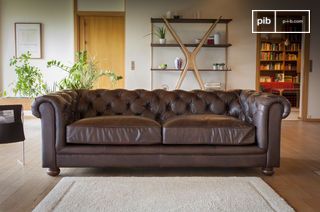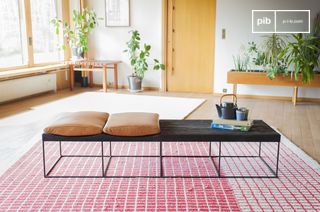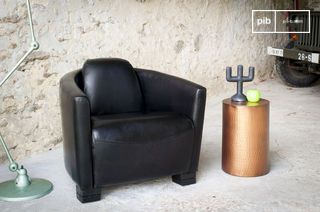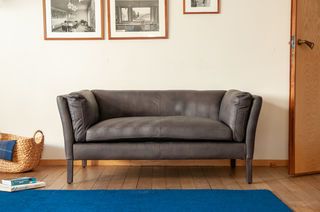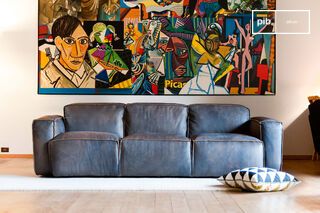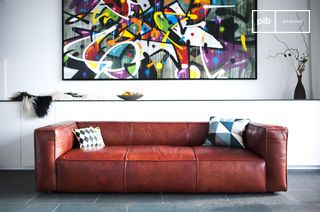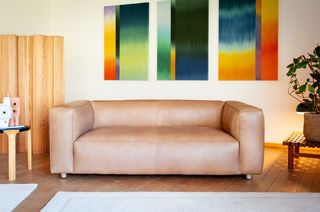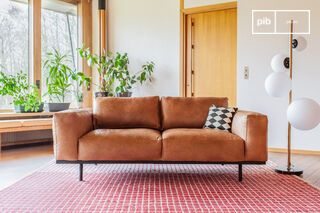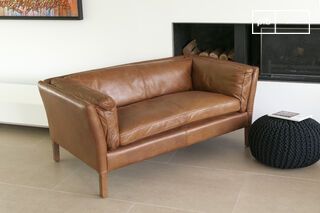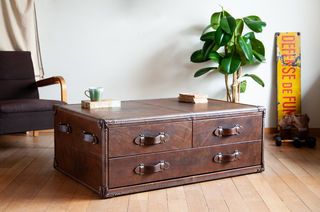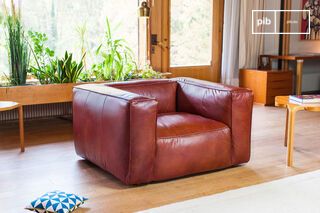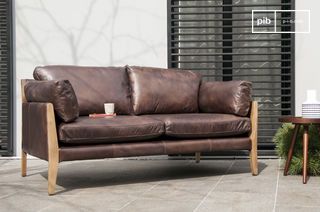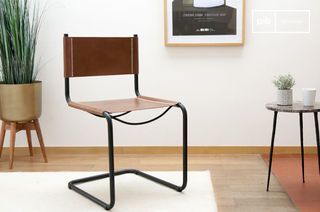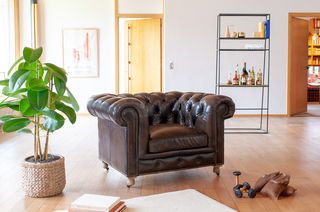Leather furniture
The Leather category includes furniture pieces whose upholstery or finishing elements exploit the properties of this organic material. Used on a seat, backrest or handle, leather offers a supple, evolving and visible contact. Its hue, texture and patina vary with use and light. This material is also distinguished by its ability to absorb or reflect volumes, depending on the tension with which it is applied. Integrating leather into a layout requires a precise understanding of uses, contact frequencies and contrasts with other surfaces. read more >
Filters
10 festive days
10% off our tables and consoles
Welcome your guests in style · Limited stock
To explore further "Leather furniture"
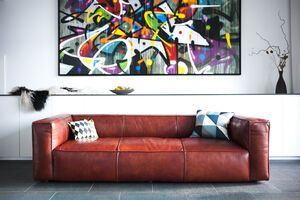
Find out how to properly care for a full-grain leather sofa or armchair. Simple steps, mistakes to avoid and expert advice to enhance the material over time.
How to care for a full-grain leather sofa
General - 15 July 2025

Full-grain leather, solid wood, comfort: discover how Arne Norell reinvented the Scandinavian armchair through a simple, artisanal and sustainable vision.
The armchair according to Arne Norell: leather, wood and high standards
Design history - 16 July 2025
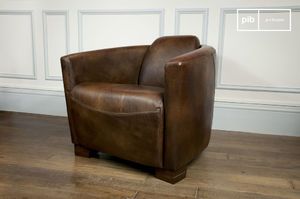
The leather armchair still stays today a solid, high quality and very trendy piece of furniture
Leather armchair : the birth of the leather armchair
Design history - 05 January 2014
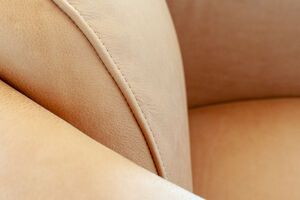
Full-grain, aniline, split or pigmented leather? Discover the differences between the various types of leather to help you choose, understand their quality and appreciate their uses.
Different types of leather: understanding, choosing and appreciating
Design history - 28 August 2025

Not sure where to put your leather armchair? After reading this article, you'll have no more questions about how to arrange a leather armchair.
Where should I put my leather armchair?
Decorating tips - 14 December 2016

Leather as a contact and reading material
Leather is mainly used in furniture to cover areas in direct contact with the body: seats, backrests, armrests. It can also be used to cover handles, drawers or edges. Its flexibility varies according to the thickness, tanning and finish chosen. Unlike synthetics, leather changes over time: it develops a patina, softens or becomes marked, depending on the frequency and nature of use. Leather can be stretched for a smooth finish, pleated on purpose, or held together with visible stitching, each treatment altering the perception of the object.
Visual effects and material associations
Leather acts as an absorbent surface, especially in dark or matte tones. It reduces reflections and brings visual continuity to a volume. Depending on its shade and grain, it combines with solid wood, raw or patinated metal, or dense fabrics. Contrast with hard materials such as stone or glass to mark a hierarchy of design: leather indicates areas intended for contact or comfort. In an interior, it can emphasize a volume without weighing it down, provided it is used sparingly and according to exposure to natural light.
Logic of arrangement and maintenance
Leather requires a long-term thought-out arrangement. It is not suitable for very damp use, nor for prolonged exposure to direct heat or strong light. Full-grain leather retains its hold better over time, but shows signs of life more quickly. The choice of pigmented, aniline or semi-aniline finish determines stain resistance and ease of maintenance. In a living space, a leather sofa or armchair provides a stable, durable reading experience. In a bedroom or office, a leather detail is enough to introduce a lively material without dominating the whole.
The *Leather* category brings together pieces that fit into a logic of visual and tactile comfort. Their integration is based on the right proportions and a knowledge of the material's real uses, without excess or visual overload.
The *Leather* category brings together pieces that fit into a logic of visual and tactile comfort
